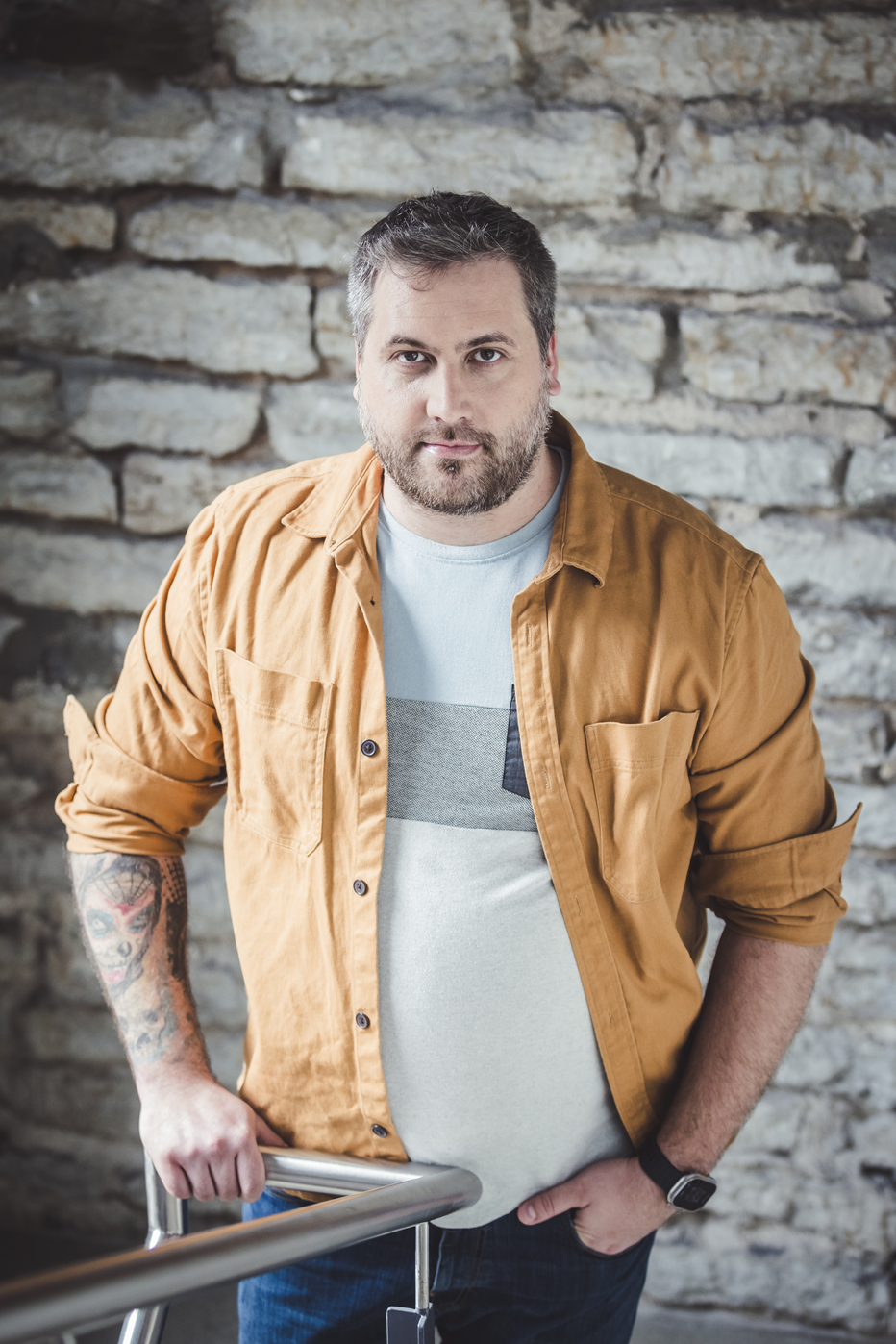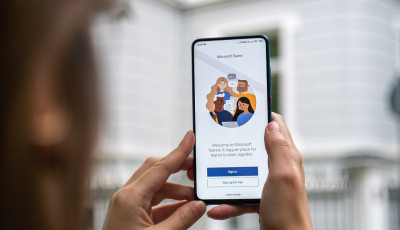How can a designer best help an organization achieve its business goals on a strategic level? Helmes design leaders Mikk Tasa (Head of Design) and Rait Matiisen (Design Business Area Leader) completed the PARK Academy Design Leadership Program in 2023, a professional development program hosted by PARK Academy in collaboration with the Estonian Design Centre.
Here are some insights from the program on maximizing the value of design in an organization.
The PARK Academy Design Leadership Program (formerly GROW Design Leadership Program) was founded by PARK Academy in 2013. It has been completed by 2,000 designers in Europe and the United States, forming a unique alumni network. Two sequences of the program have graduated 17 Estonian design professionals. The nine-month program is guided by design consultants and directors with more than 20 years of experience working with leading global brands such as Lego, BMW, and Bosch.
The curriculum is a blend of group sessions and individual work. It consists of 10 modules covering a variety of topics such as design leadership, design process, and design storytelling. Each module involves theoretical learning, personal work with assigned materials, and a practical assignment that requires solving a real-life case in one’s organization. All the assignments are presented in front of the group, which leads to valuable feedback from tutors and peers. The program concludes with writing and defending a final project.
For a design professional, participating in the program offered not only an opportunity to learn from world-class tutors and a community of peers. It also encouraged us to adopt a systemic perspective on design and observe the interrelations between its components. This is sometimes difficult to accomplish in our fragmented daily routines, so the experience helped us to zoom out and view design from a bird’s eye perspective.
Connecting the various aspects of design and business
The design team at Helmes strongly believes in circular design principles and the potential of design thinking to create positive impact and sustainable businesses. The training modules helped to connect the various aspects of design and invited us to reflect on our broader mission as designers. As part of the program, we were tasked with creating a personal design manifesto to guide our daily work and to write a postcard to our future selves, which the organizers will send us one year after completing our studies.
The program’s ultimate aim, however, was to connect design and business and show how design can support broader business goals. The instructors aimed to raise the participants’ leadership skills and provide us with tools to increase the value of design for our organizations and clients.
After speaking to various companies, it becomes clear that businesses are not using design strategically. Instead, design is viewed as merely an operational tool.
- Design teams are rarely involved in high-level discussions or asked how they could contribute to the overall business objectives.
- Designers also find it challenging to communicate design concepts in business terms and demonstrate the benefits of design for broader business goals.
Design is not limited to an attractive color scheme, a catchy promotional campaign, or a well-crafted user experience. It can potentially play a significant role in driving change and business growth at all levels of an organization.
By completing the PARK Academy Design Leadership Program, the Helmes design team has developed new competencies for utilizing design as a strategic tool for creating business value. Our toolkit now includes tried and tested methods for using design as a decision-making aid that aligns with business goals.
Experience shows that aligning an organization’s design and business strategies will result in an order of magnitude of different returns on investment. For instance, with Helmes’ design team, we have run an initiative where a designer goes to an organization to help them with a particular challenge or task. In this project, outcomes involving a designer have included changes in leadership or the company’s value proposition.
How to unlock the full potential of design
To unlock the potential of design, it is essential to start with simple things like defining the task at hand in a design brief. Without a clear definition of the ideal outcome and metrics, measuring the results accurately is impossible. A design brief can significantly increase the chances of achieving the desired goal.
Whether you are launching a new product or expanding to a new market, knowing your customers is essential. Designers can provide valuable input in this regard, as they are the ones who talk to customers, understand their expectations, design, validate, and measure solutions to create a deep understanding of what users really need and are willing to adopt.
Applying circular design principles also helps organizations approach business processes more sustainably. This results in a positive impact not only on the company’s bottom line but also on the world around us. For physical products, this involves considering what happens to the product once it reaches the end of its life. For digital projects, it consists in measuring how much data needs to be collected and stored, and how much energy is used for this purpose. In some cases, it may require determining whether a digital solution needs to be done in the first place or whether a poster on the wall would work as well.
Design can be a powerful tool for resolving complex issues and achieving strategic business goals more quickly. But by using design, we can minimize risks and make more informed decisions when jumping into unchartered waters.
Design can be an opportunity to take a step into the future and consider our organization’s impact on the world around us.
If you are interested in learning more about unlocking the potential of design in your organization, please don’t hesitate to contact us.
Get in touch




